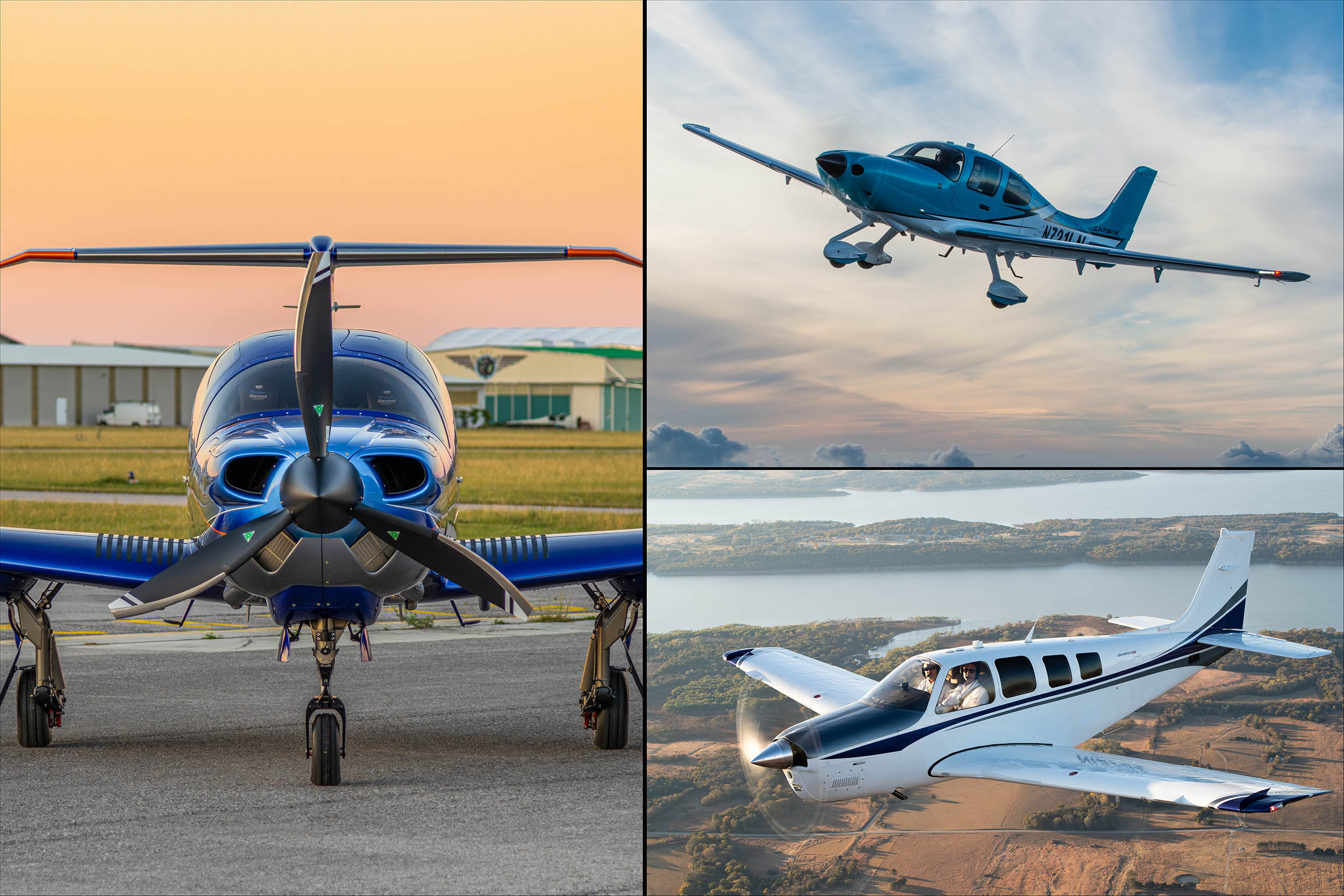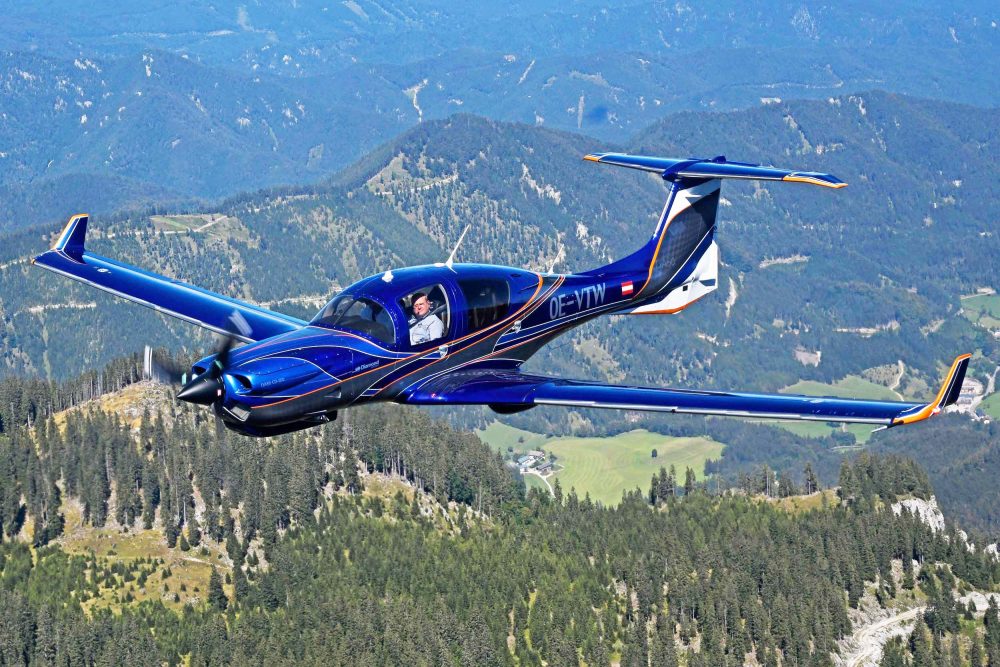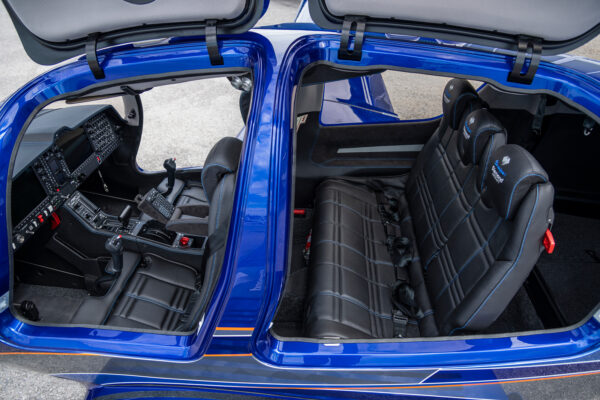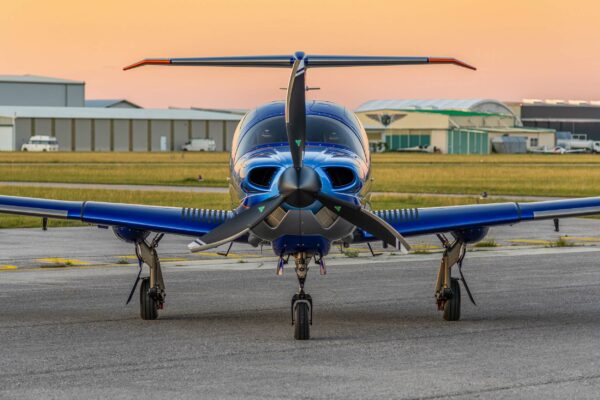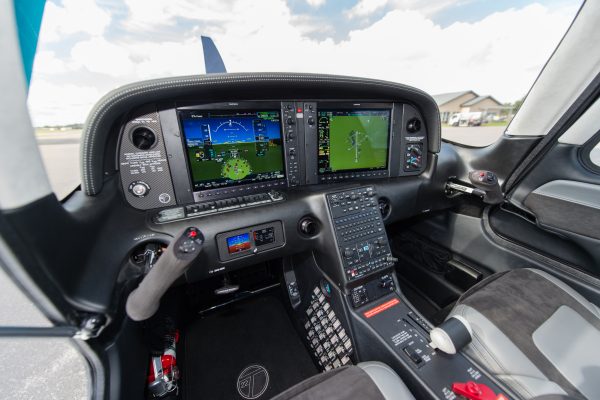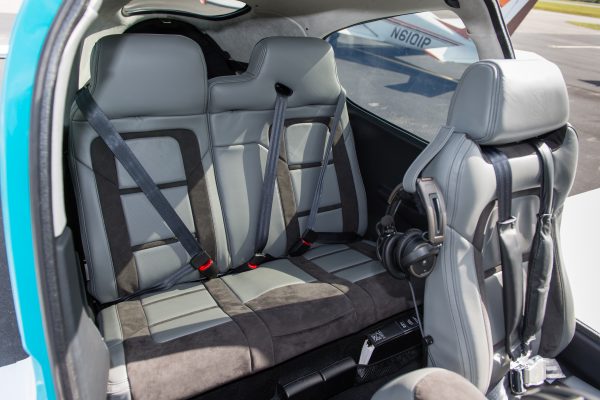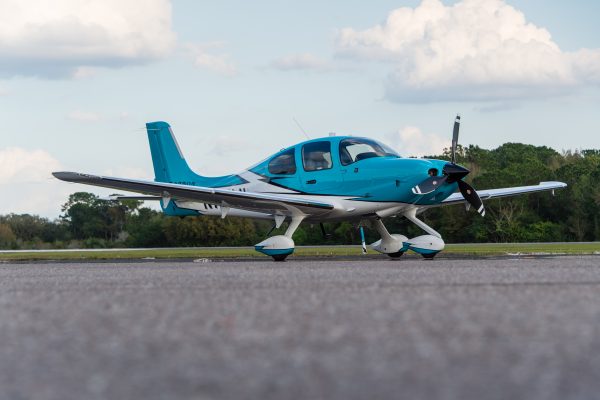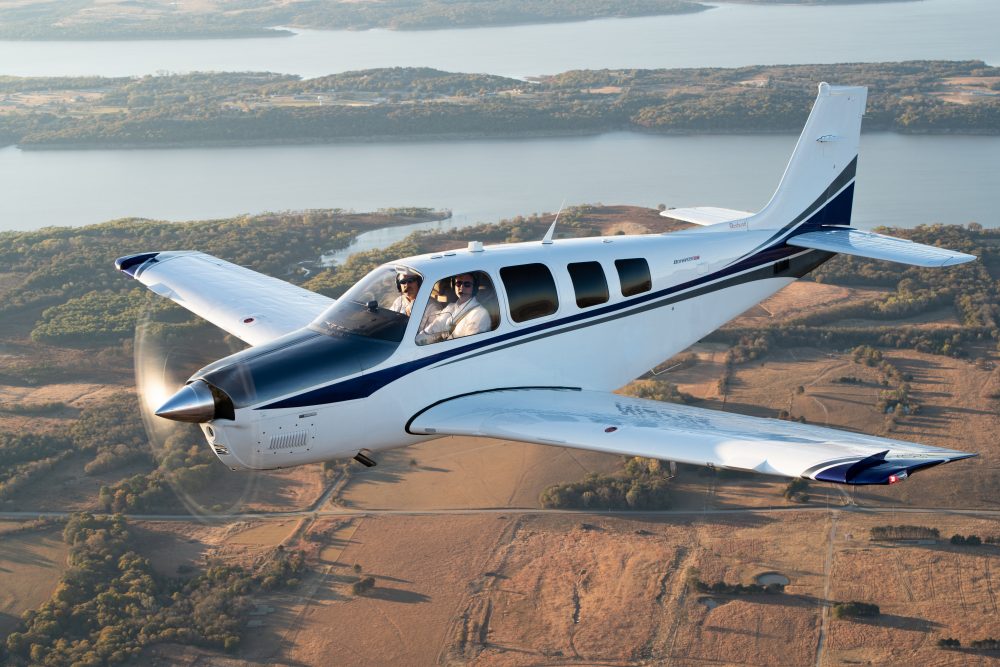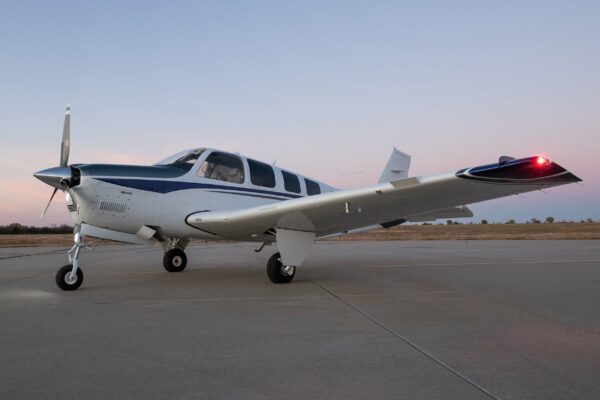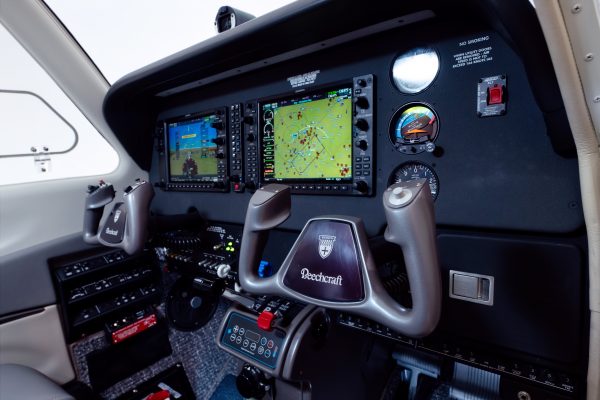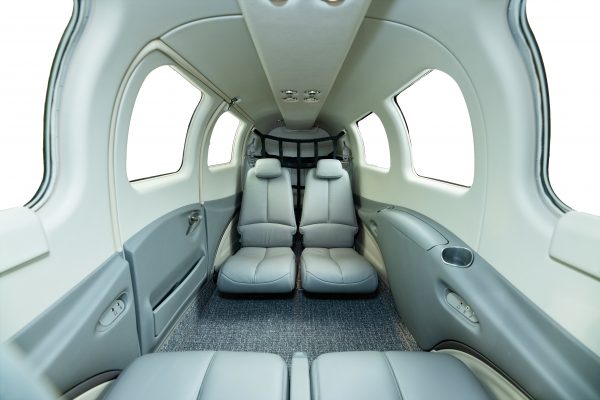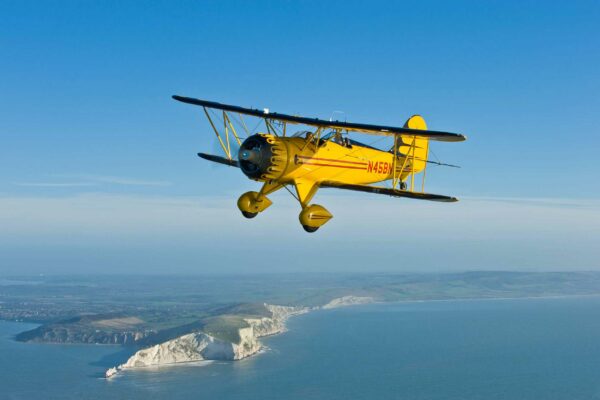Continual development saw aviation’s first all glass cockpit in serial production, FIKI (Flight Into Known Icing) protection, increased payload with a higher max all up weight, a fifth seat, greater range with increased fuel capacity and literally hundreds of other improvements and changes, all of which have combined to make the SR22 and SR22T completely dominant in the high-performance, personal business/tourer category, outselling everyone by a huge margin despite a price tag that’s pushing a million dollars $1m – before VAT.
It’s not the quickest SEP, but it’s faster than most, and the fastest of this group. Despite being the only one with fixed gear, it’s got great handling, although it’s not quite as good as the Bonanza.
If touring’s your thing then this is the ultimate piston-powered magic carpet, taking you from the UK to the South of France at a seemingly effortless and cosseted 180kt. Pilots and passengers enjoy a premium cabin with plenty of room, and while it has the same avionics as both the Bonanza and Diamond, Cirrus has done a better job of integrating the avionics, the aircraft’s systems and above all, the human interfaces.
The side stick, the curved panel, the switch cluster, the throttle placement, and all the detail touches such as the phone pocket that’s built into the seat, the drink holder and headset hooks all show that everyone who has a hand in the aeroplane’s evolution shares the same goal, that the features aren’t just layered on to an airframe when engineering has finished with it. This is an aeroplane that’s continually designed and developed by people who do a lot of GA flying and who are always looking to enhance the experience.
The SR22 has had the benefit of a clean sheet design that until now has been younger than the competition. It was also, until the SF50 Vision Jet, the figurehead product that received all the company’s attention. Cessna/Beechcraft – now Textron – have, for many years, had bigger, faster, more expensive and more profitable jets fighting for their share of investment and engineering time. It’s possible that the DA50-RG is about to give the Cirrus its first serious bit of competition in a while…


